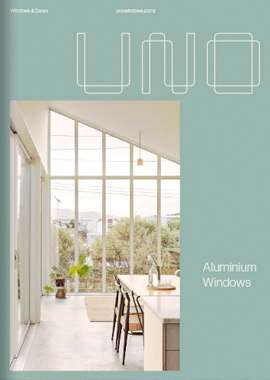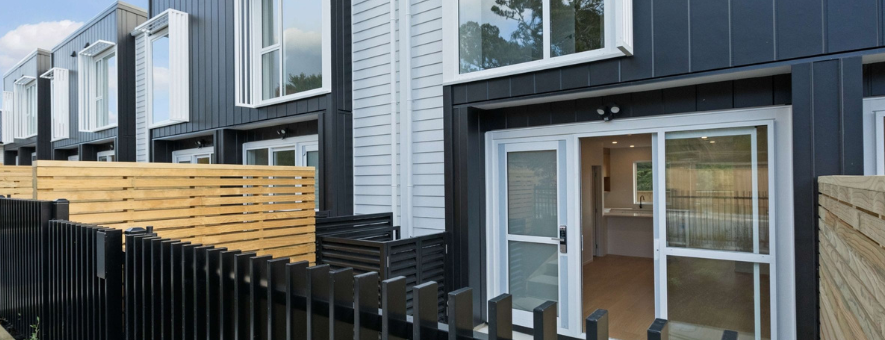When it comes to selecting the right window supplier for your projects, thorough evaluation is crucial to ensure that all proposals are compared on a fair basis. Here's a breakdown of 13 key considerations to ensure an apples-to-apples comparison:
1. Supplier Capability:
Check the experience and capabilities of the supplier and the type of machinery they operate, the process they use to capture critical details, and their quality control process. Look at the scale of past projects similar in scale and complexity to your project. Review client testimonials and references that can provide insights into the supplier's track record. Some suppliers are more suited to different project types.
Check out the projects delivered by UNO in your region.
2. Case Studies:
Review case studies to gauge the supplier's performance and approach. Focus on examples relevant to your project to understand their ability to meet specific requirements and deliver the high-quality results you are looking for.
3. Configurations:
Compare the configurations shown in the proposal. Ensure that the configurations are as per your request, and consider functionality for your project and the space each item is going to be placed in.
4. Frame Type:
Compare the frame profile offered, not all profiles are equal, consider things like the strength of the profile, the size of the thermal strip, installation location in wall (recessed or standard),and frame height/size to ensure they align with your desired look and functionality. For some larger frames, you can reduce the amount of natural light considerably, so it's important to review.
Learn more about frame types here
5. Glass:
Compare the glass type offered as it has a large part to do with the comfort of your home, and check the U-value and the solar heat gain for the proposed glass. UNO most commonly uses a Low-E glass with a U-value of 1.1. Learn more about the features of Low-E Glass.
The glass type can impact the overall R-value achieved, read more here.
6. Delivery Inclusions:
Clarify whether delivery costs are included in the proposal or if they are additional expenses. Understanding the total cost, including delivery, is essential for accurate budgeting and comparison. Also ensure you clarify how the windows & items such as flashings & wanz bars will be labelled, as this can help with your efficiency once onsite.
At UNO all flashings and wanz bars are clearly labeled with a sticker to identify the unit they belong to, this ensures your team can be efficient onsite when installing the windows.
7. Flashings:
Clarify if all flashings have been included, based on installation details. Typical claddings such as linea, the window supplier will include standard head flashings & WANZ bars as required – this should be noted under each item on the schedule. Please note for cladding such as profiled metal cladding, as these are usually custom folded flashings the cladding supplier will include it, as part of their package.
8. Site Glazing:
Site glazing is important from a health & safety point of view and makes it more efficient for the site guys to lift windows around the site. Check with your supplier what items have been allowed to be site glazed.
9. Construction Keys:
Construction keys are a helpful tool when you have multiple contractors onsite – they make access easy for main contractors. It is a system whereby during construction, the main contractor can supply subcontractors with a construction key to gain access throughout the build. On completion of the building, the homeowner keys are sent to the builder and the first time the homeowner key is put into the lock a pin drops, meaning the construction key the tradesman used to gain access will no longer work!
10. H1 Efficiency Requirements:
Ensure that proposals comply with new H1 requirements. It is important to request an R-value report from the supplier to compare the performance of your windows.
Check here for the latest updates to H1 Energy Efficiency.
We created a comprehensive guide to take you through the new regulation. Download it here.
11. Entrance Panels:
Entrance doors are a key feature in homes and can make your project stand out. Check the panel style & thermal performance to ensure you’re comparing correctly.
Meet our extensive range of entrance door designs.
12. Hardware:
There are many hardware options to consider:
-
Opening sashes, do they have a double tongue handle? Are the opening sashes fitted with restrictor stays?
-
Entry door hardware, you want it to be functional as well as complement the style of your door. Check the style of hardware included in the proposal. Is it a pull handle or a digital lock with tech features?
-
Sliding doors – is it a pull handle, D handle, or a flush pull, check out all inclusions.
13. Details:
Compare the proposal allowance vs the proposed installation details in the plans, to ensure that items such as the required flashings, and tile adaptors, reveal types (grooved or architraved) have been included correctly.
By carefully evaluating window and door proposals based on these factors, stakeholders can make informed decisions that align with the needs of their projects. This approach promotes transparency and clarity, fostering trust between buyers and suppliers and leading to successful project outcomes.
Contact our team of experts to get a proposal.



